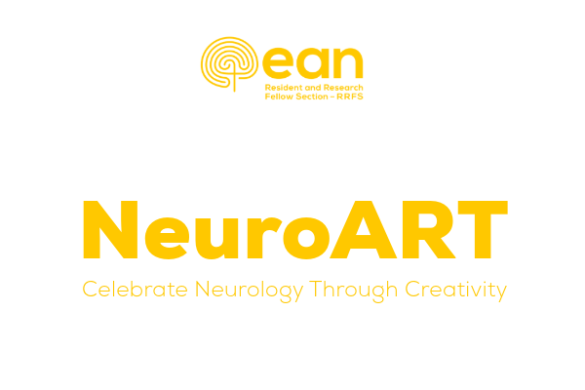by Isabella Colonna
For December’s research paper of the month we have selected: van Dyck CH, Swanson CJ, Aisen P, Bateman RJ, Chen C, Gee M, Kanekiyo M, Li D, Reyderman L, Cohen S, Froelich L, Katayama S, Sabbagh M, Vellas B, Watson D, Dhadda S, Irizarry M, Kramer LD, Iwatsubo T. Lecanemab in Early Alzheimer’s Disease. N Engl J Med. 2022 Nov 29. doi: 10.1056/NEJMoa2212948. Epub ahead of print. PMID: 36449413.
Aggregated amyloid-beta has been shown to play an important role in the pathogenesis of Alzheimer’s disease (AD). So far, only one anti-amyloid drug (aducanumab) has been approved by the Food and Drug Administration.
Our authors of the month report the results of a multicentre phase-3 clinical trial exploring efficacy and safety of Lecanemab in patients with early AD over a follow-up period of eighteen months. Lecanemab is a humanised IgG1 monoclonal antibody with high affinity for amyloid beta soluble protofibrils and moderate selectivity for fibrillar amyloid, meaning it targets the most toxic amyloid substrates with high specificity for the most toxic amyloid substrates.
A group of 1795 patients with either mild cognitive impairment due to AD or mild AD were randomised in a ratio of 1:1 to receive intravenous Lecanemab (10mg per kg of body weight every two weeks) or placebo. The primary efficacy outcome was considered the change in the score on the Clinical Dementia Rating – Sum of Box (CDR-SB) from baseline at eighteen months. Secondary end points were longitudinal changes in amyloid burden on PET, in CSF (Aβ1–40, Aβ1–42, total tau, phosphorylated tau 181, neurogranin, neurofilament light chain) and plasma (Aβ42/40 ratio, p-tau181, glial fibrillary acidic protein, neurofilament light chain) biomarkers as well as in other clinical scores for AD (Alzheimer’s Disease Assessment Scale, Alzheimer’s Disease Composite Score, Alzheimer’s Disease Cooperative Study–Activities of Daily Living Scale for Mild Cognitive Impairment)
The authors reported that the adjusted least-squares mean changes on the CDR-SB score from baseline at eighteen months was 1.21 in the Lecanemab group and 1.66 in the placebo one (difference: -0.45, p<0.001). Similarly, clinical secondary end points favoured Lecanemab. Further, treatment with Lecanemab was associated with greater decrease in amyloid burden on PET and with improvements for all assessed CSF and plasma biomarkers, with the exception of CSF neurofilament light chain.
Concerning safety outcomes, the incidence of adverse events was similar in the two groups; however, the rate of serious adverse events was higher in the Lecanemab than in the placebo group (14% versus 11.3 %). Most common adverse events of Lecanemab were infusion-related reactions and amyloid-related imaging abnormalities (ARIA).
In conclusion, this phase-3 trial showed that Lecanemab was associated with decreased amyloid burden and moderately less cognitive decline at eighteen months in patients with early AD. Further studies are needed in order to investigate the efficacy and the safety of Lecanemab in early AD over a longer time span.











